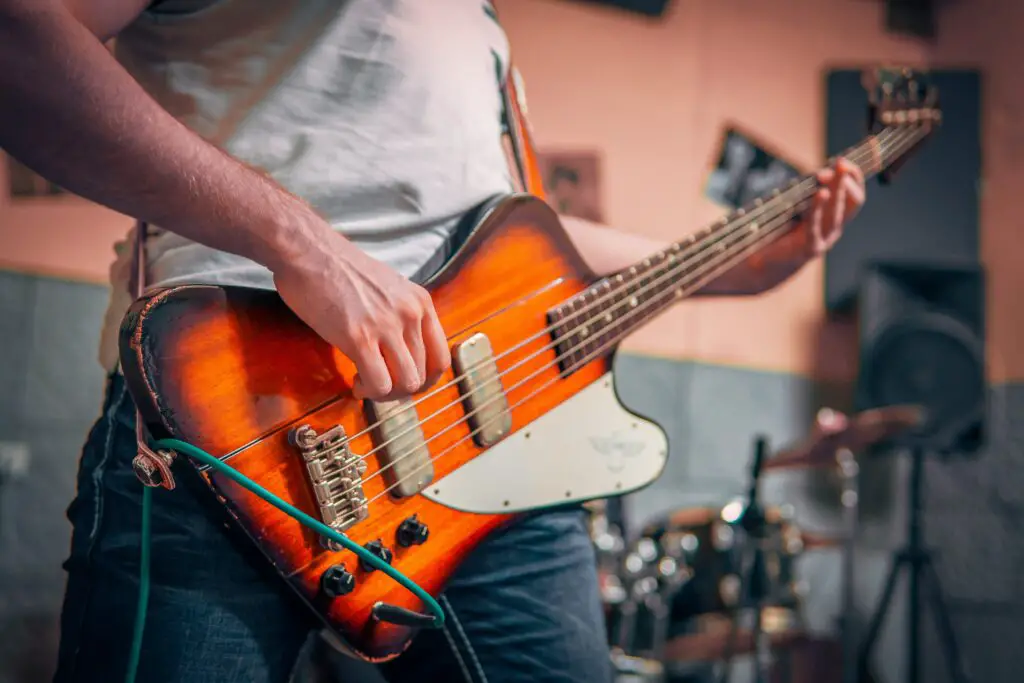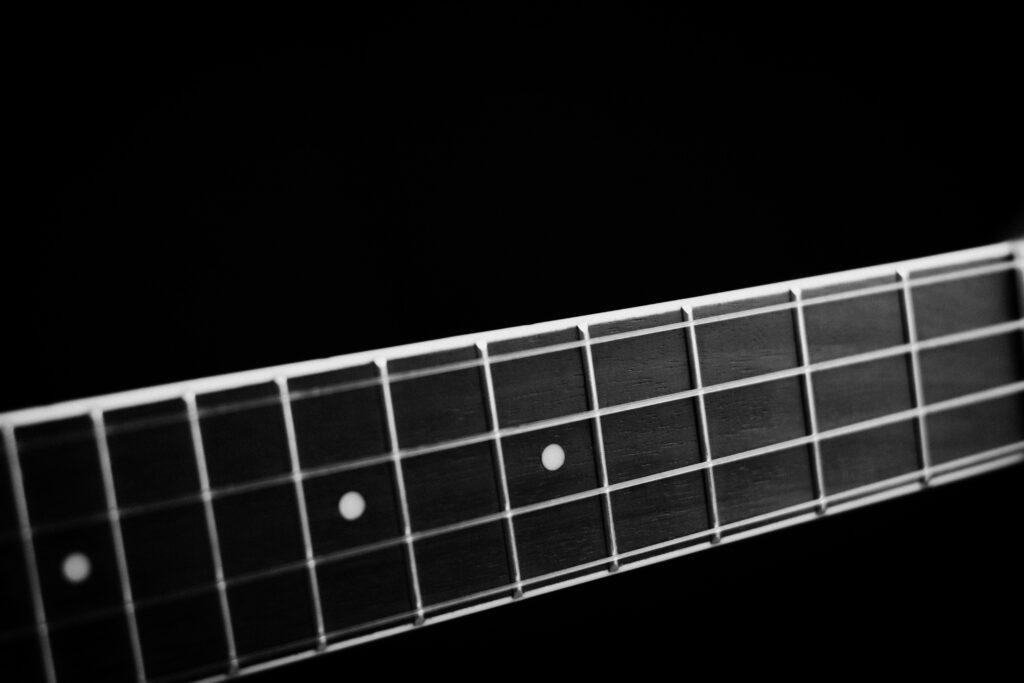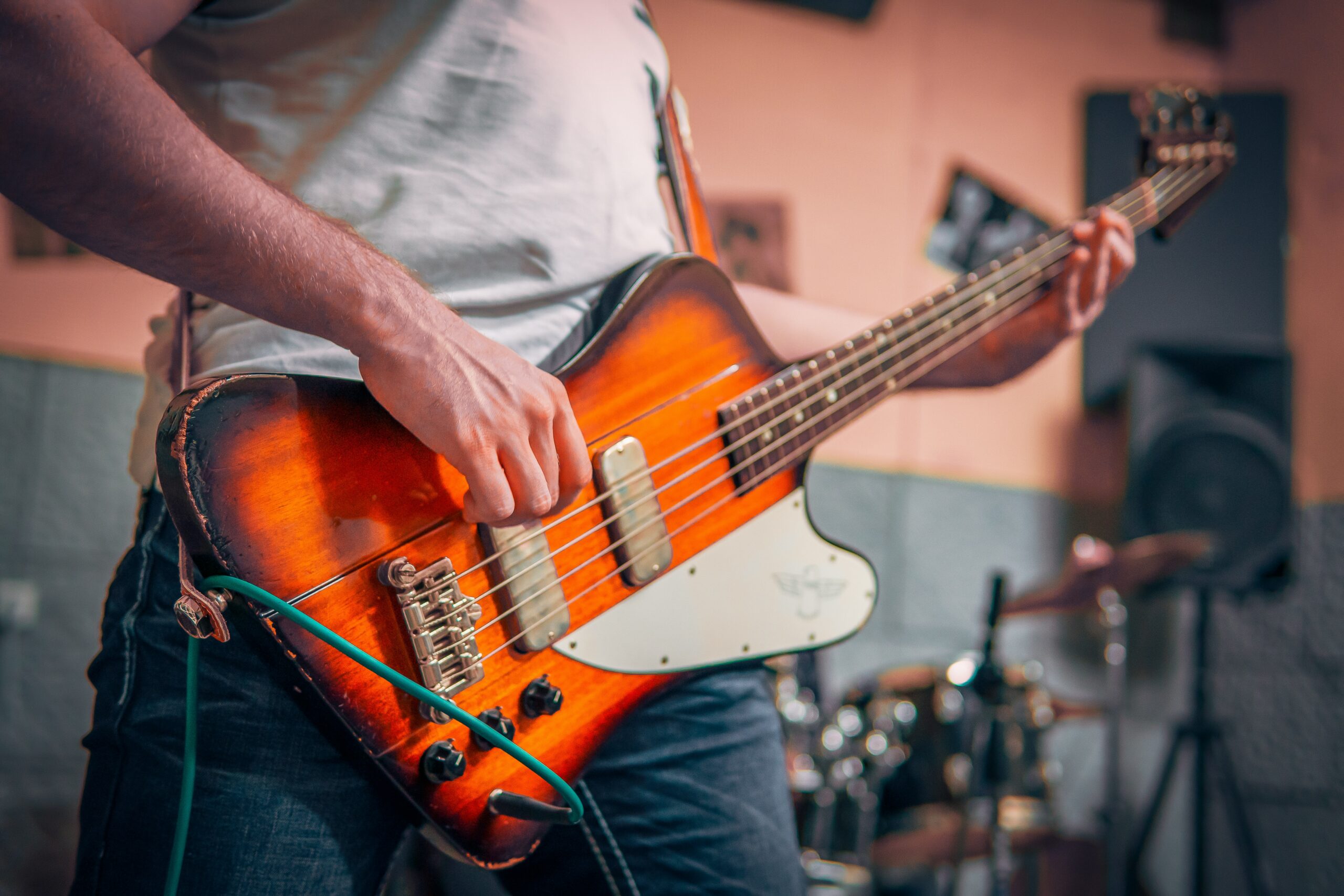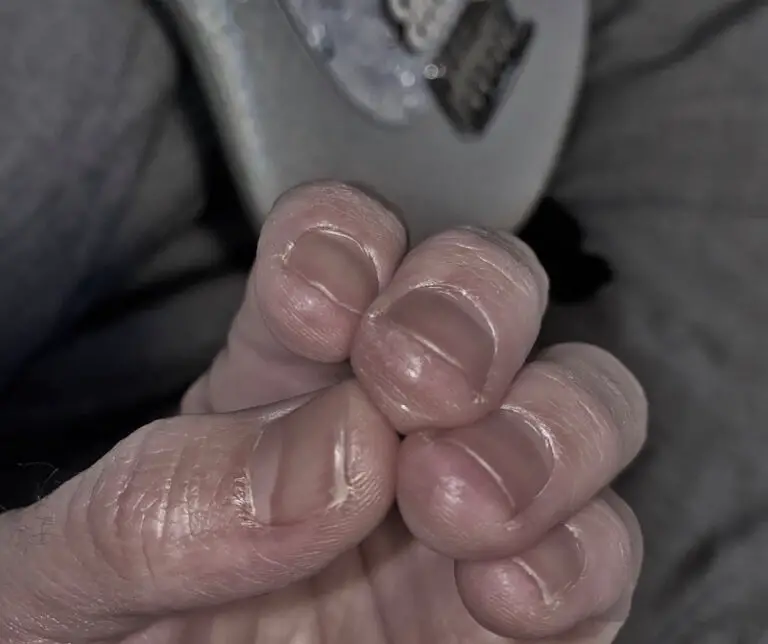12 Different Types of Bass Instruments (and Their History)

Bass instruments are an integral part of music production and performance, providing the foundation for rhythm and harmony. These instruments make low-frequency sounds that add depth and power to your music. Without a strong bassline, music can sound empty or lack direction.
Bass instruments come in various shapes and sizes and are used in different genres of music, from classical to electronic dance music. In this article, you’ll learn more about different types of bass instruments, their unique characteristics, and their applications in music. Below are 12 of the most popular types of bass instruments and a short history on bass.
What Are Some Different Types of Bass Instruments? (12 Types)
1. Double Bass
The double bass is the largest and lowest-pitched bowed string instrument in the orchestra. It’s also known as the contrabass, bass violin, or upright bass. The double bass has a deep, warm, and resonant sound that provides the foundation for harmony in orchestral music.
It’s played with a bow or plucked with the fingers. Its range goes as low as the C below the bass clef. The double bass is used extensively in classical, jazz, and bluegrass music. It’s also a popular instrument in many rock and pop bands, providing the low-end foundation for the music.
2. Electric Bass Guitar
The electric bass guitar is a modern instrument made in the 1950s. It’s similar to the standard guitar but has a longer neck. It has between four and six strings, which are tuned an octave lower than a guitar.
The electric bass guitar makes a deep, punchy sound amplified through a speaker system. It’s played with the fingers or a pick, and its range can go as low as the Bb note below the bass clef. The electric bass guitar is a popular instrument in rock, pop, and jazz music, where it provides the low-end foundation for the music.
3. Acoustic Bass Guitar
The acoustic bass guitar is similar to the standard acoustic guitar but has a larger body and longer neck. It’s known as a hollow-body bass or an acoustic-electric bass. Among typical types of bass guitars, some might call it weird.
The acoustic bass guitar produces a warm, mellow sound amplified through a speaker system. It’s played with the fingers or a pick. And its range can go as low as the E below the bass clef. The acoustic bass guitar is used in various musical genres, including jazz, bluegrass, and folk music.
4. Bass Synthesizer
The bass synthesizer is an electronic instrument that simulates bass instrument sounds. It uses oscillators to produce low-frequency sounds with various filters and effects.
The bass synthesizer makes a wide range of sounds, from smooth and warm to harsh and distorted. You can play it using a keyboard, sequencer, or computer. You’ll likely hear it in electronic dance, hip-hop, and pop music.
5. Bass Drum
The bass drum is a percussion instrument that makes a low, booming sound. It’s a large cylindrical drum you play with a foot pedal.
You can find the bass drum in many musical genres, including rock, pop, and orchestral music. In rock and pop music, the bass drum provides the rhythmic foundation for the music. In orchestral music, you can hear it accentuate the low-end frequencies of the music.
6. Tuba

The tuba is the lowest-pitched brass instrument you can find. The word stands for “trumpet” in Latin, despite the instrument looking almost nothing like a trumpet.
It produces a deep, resonant sound bolstering the low-end foundation for an ensemble. It’s been around since the 1800s and even has marching tuba variants, so you can move while using this unwieldy giant.
7. Sousaphone
The sousaphone is a brass instrument that counts itself among the tuba family. It’s designed to be played while marching, as you can step into the large ring to carry it.
The sousaphone was made during the late 1800s as a concert instrument but was seen as helpful for marching. To help with walking, the heavier brass used to make sousaphones have been replaced with fiberglass. Both materials are now available.
8. Bass Saxophone
The bass saxophone is a large, low-pitched saxophone that makes a deep, rich sound. It’s one of the largest members of the saxophone family and is often used to provide the low-end foundation for a saxophone section.
The bass saxophone is played using a mouthpiece and is commonly used in jazz and classical music. You can also find it in the backgrounds of some film scores, providing a dramatic sound.
9. Bass Clarinet
The bass clarinet is a woodwind instrument that produces a deep, mellow sound. It’s similar to the standard clarinet but has a larger body and longer neck.
You can find bass clarinets rounding out the low pitches of orchestras or wind ensembles. It’s less common in modern music, with a popular feature in “It’s All Too Much” by The Beatles.
10. Electric Upright Bass
The electric upright bass (EUB) is a modern instrument that combines the portability of an electric bass guitar with the sound and feel of a double bass. It has a compact body and a solid neck, making it easier to transport than a traditional double bass.
It’s similar to other electric string instruments (electric violin), but much deeper. Because it’s amplified, it can be much smaller than the standard, “fat” double basses.
11. Bass Harmonica
The bass harmonica is a unique instrument that makes low-pitched sounds through a series of reeds. It’s similar to a standard harmonica but is much larger and creates a lower range of sounds.
From a crude standpoint, this is two harmonicas stacked together. Where normal harmonicas have ten holes, the bass harmonica has 16, making it a weird instrument for harmonica players.
12. Bass Ukulele
The bass ukulele combines the portability of a ukulele with the low-end sound of a bass instrument. It’s the deeper variant of other uke types (like the tenor ukulele). You might hear it called the “u-bass.”
Bass ukuleles concern a specific size and can be hooked up to an amplifier or not. If you have a uke band, you can use this instead of a bass guitar.
History of Bass Instruments
Bass instruments have undergone many changes influenced by cultural and technological advancements.
One of the earliest forms of bass instruments is the double bass, a staple of orchestral music since the 16th century. Over time, added frets and a higher bridge that made it easier to play.
The 20th Century

In the 1950s, the electric bass guitar was introduced, revolutionizing popular music. Leo Fender, who had previously created the electric guitar, invented the electric bass guitar.
The electric bass was louder than the double bass and was much easier to amplify, quickly becoming the go-to instrument for rock, funk, and jazz musicians.
The 1970s saw the emergence of the synthesizer, an electronic device enabling musicians to create bass sounds using electronic oscillators. The synthesizer allowed for a wide range of bass sounds to be created, from deep and resonant to bright and percussive.
This technological innovation transformed electronic dance music, a genre that relies heavily on synthesized bass sounds, which have gained significant popularity in recent years. Moreover, the 20th century saw the development of other types of bass instruments, such as the bass saxophone, bass clarinet, and sousaphone.
The 21st Century
In recent years, technological advancements have led to the creation of new types of bass instruments, such as the electric upright bass and the bass synthesizer.
These instruments combine the traditional sound of bass instruments with modern technology, allowing for greater flexibility and versatility in music.
The electric upright bass is a recent adaptation that retains the classic shape and sound of the double bass but with an electric pickup that enables it to be amplified. On the other hand, the bass synthesizer allows musicians to create and manipulate bass sounds in real time, opening up new possibilities for bass sound design.
Conclusion & Review
Bass instruments are an essential part of music. They provide the foundation for rhythm and harmony and contribute to the sound and feel of music.
From the double bass to the electric bass guitar, the bass synthesizer to the bass clarinet, there are many types of bass instruments, each with unique characteristics and applications in music.
Understanding the different types of bass instruments can help musicians make informed decisions when selecting instruments for their music.








